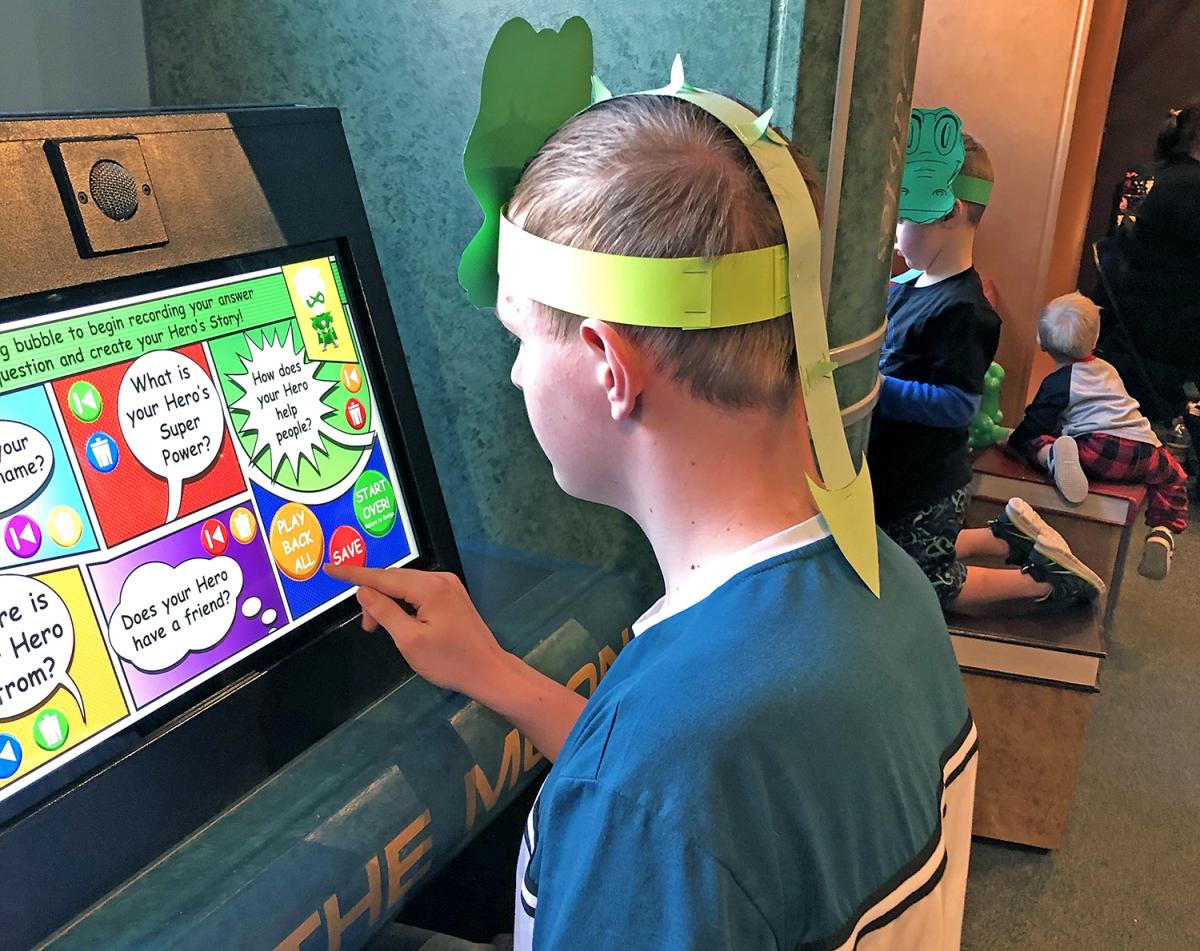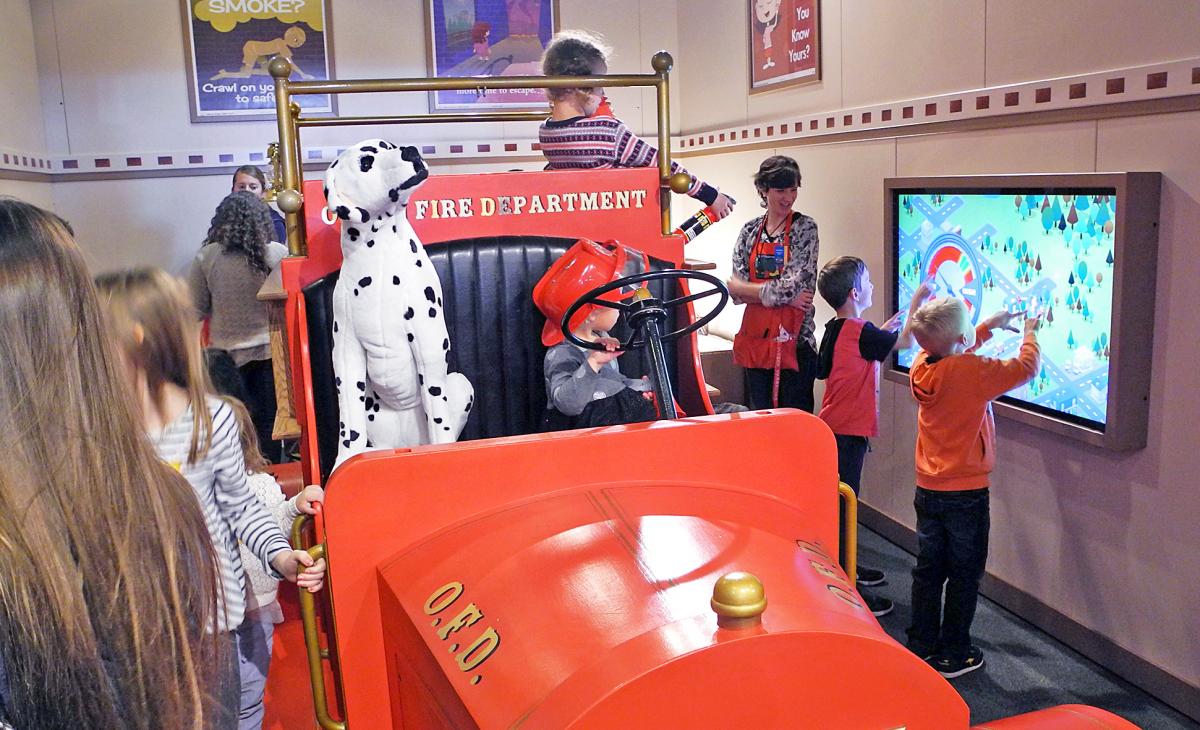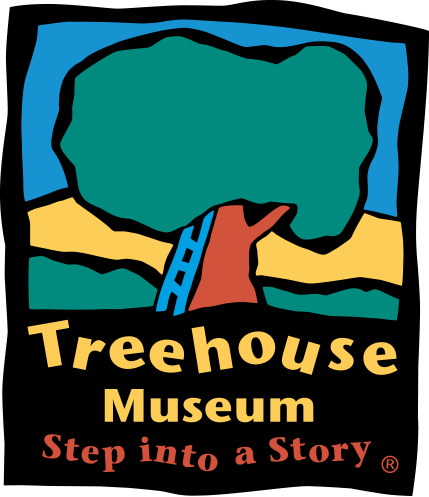
Occasionally at Treehouse we have someone (usually an adult) ask why we don’t have “computers and more tech” in our exhibits. Our answer is that we do have some games and activities that fit our exhibits, including our “Make a Hero” and our Walton’s 5 & Dime “Cash Class Registers”, but at Treehouse we think it’s always better to have interaction with people and hands-on exhibits instead of with screens. We want children to engage in imaginative play with other children and with their grown-ups, and too many children log too much time every day looking at a screen.
We’re not alone in our concern for the amount of screen time that children, even very young children, are getting. The American Academy of pediatrics recommends that children younger than 2 have no time with a screen, including television. Children ages 2 to 5 should have about an hour a day of screen time at the most, including television.
While learning to use technology is important, during the early years nothing beats talking and playing with real people in order for children to make connections, learn language and vocabulary, and practice empathy. While children have fun moving things around on a screen, and while exploring through images can hone fine motor skills and even help a child aquire and practice some school readiness skills depending on the software they are using, children are not usually engaged in stretching their own imaginations and creativity in an app, nor do they practice critical conversation and language skills. Exercising patience and discovering how to deal with boredom without a screen are skills some children just aren’t learning because a phone or tablet is in their hands if there’s ever a wait-time.
The real danger from too much screen time for children is that it can replace those critical real-life interactions with family and friends, and sometimes can even replace sleep and physical activity. Having a media plan for children is a good idea and specifying how much time your child can spend on a screen every day is key. Click here to be linked to a page with details about how to create a family media use plan.








































